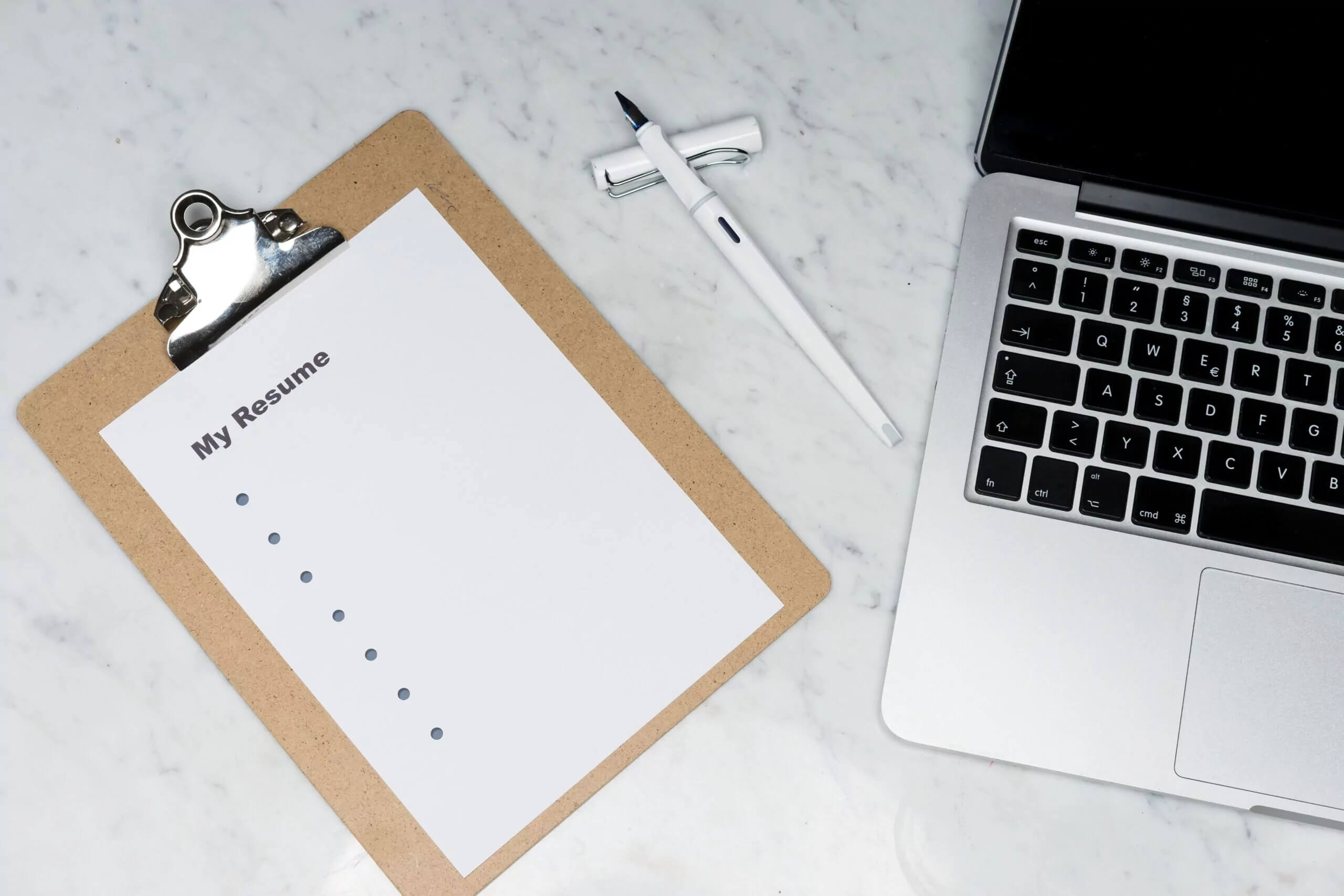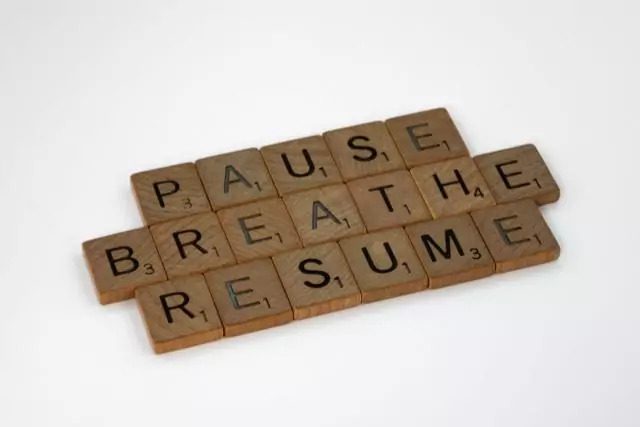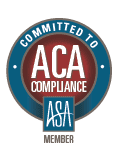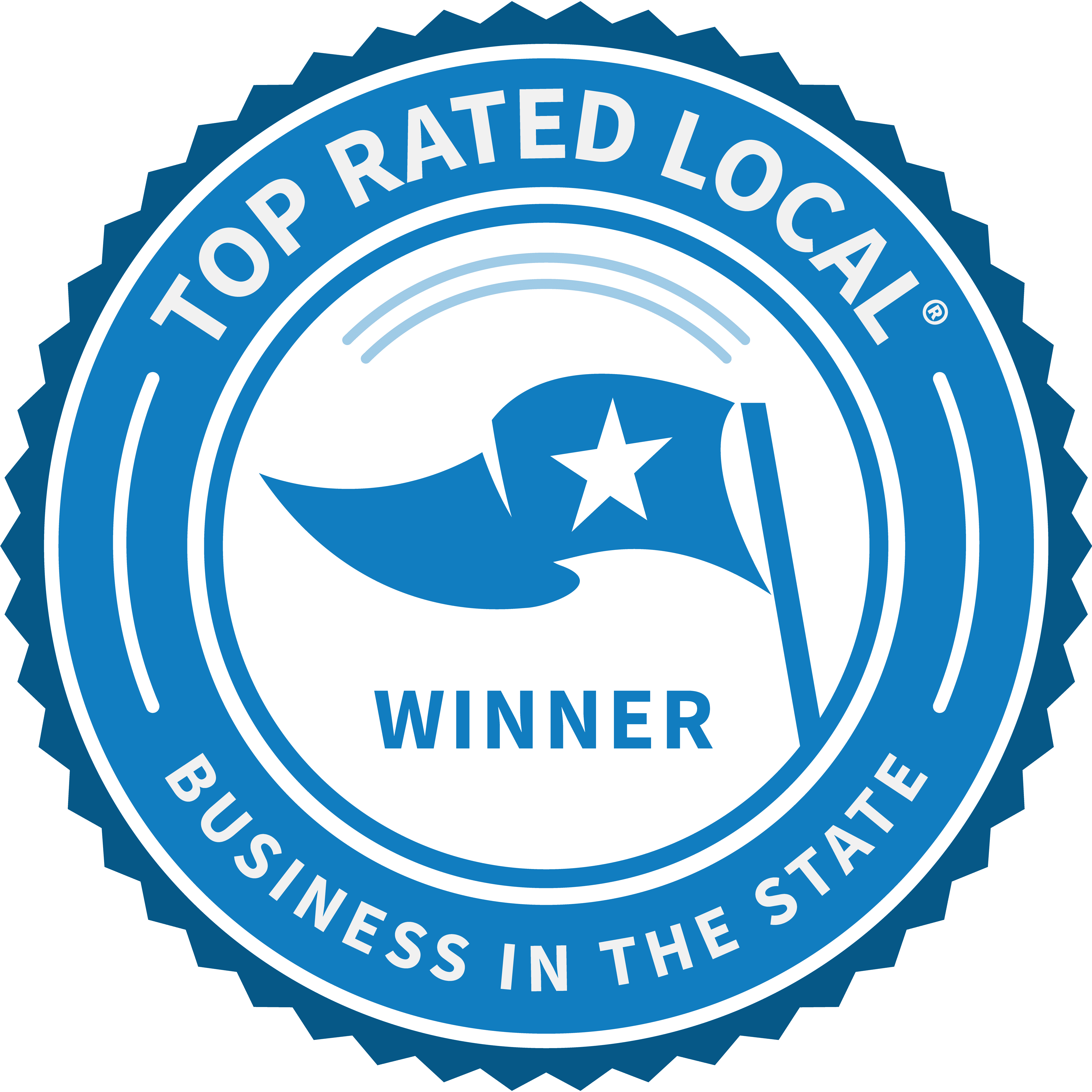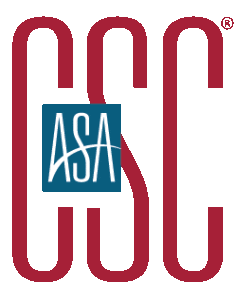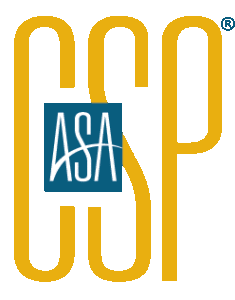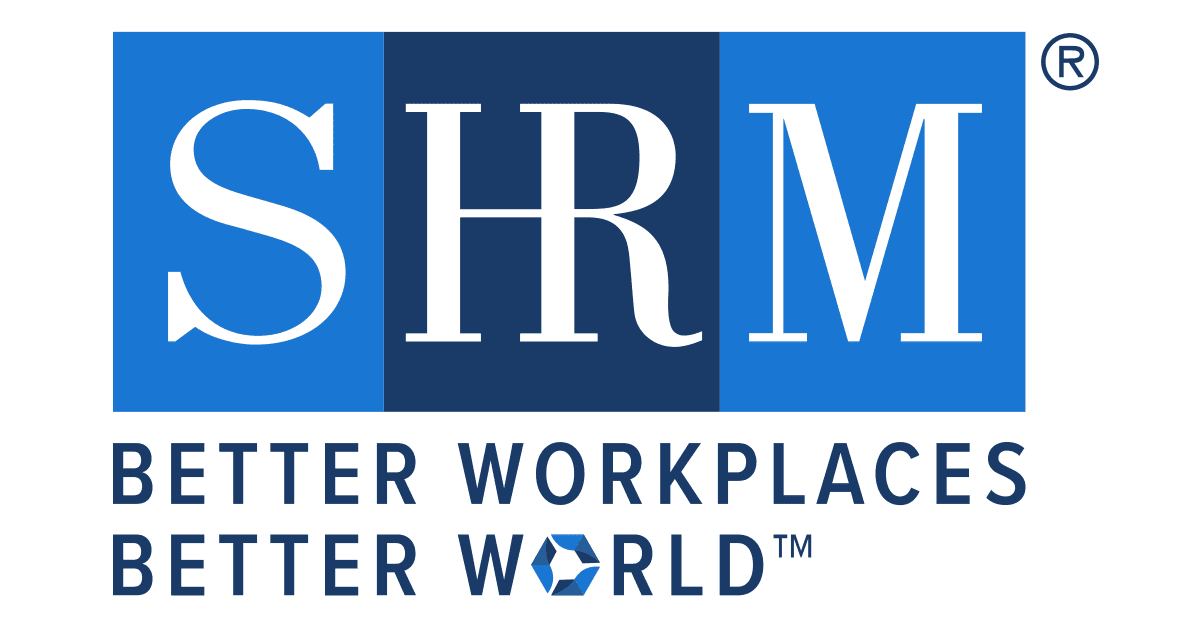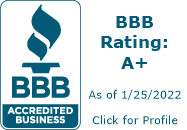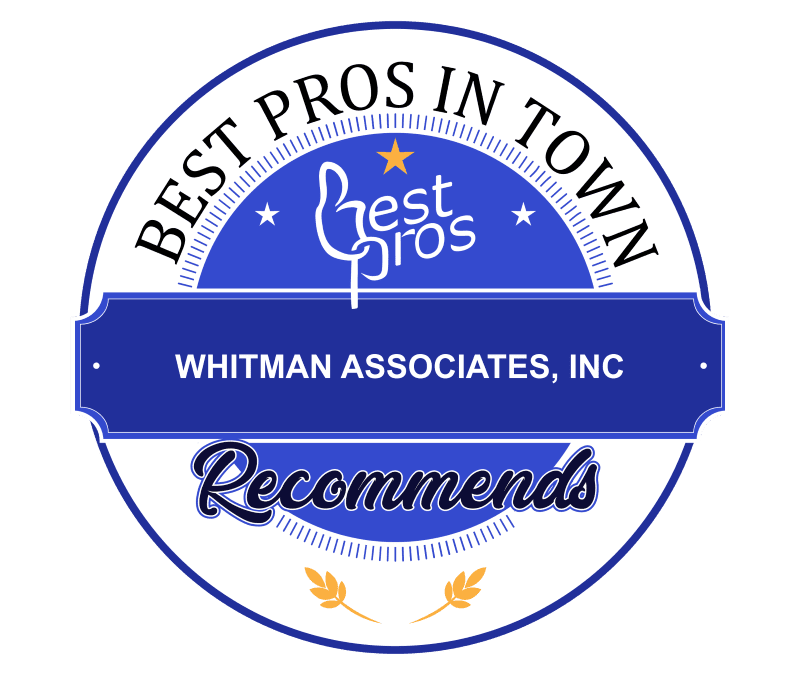Your resume should evolve as frequently as your career does, so you should constantly be improving and editing it while on the job hunt. To help, here are some of our top resume writing tips to keep in mind when you next update your resume.
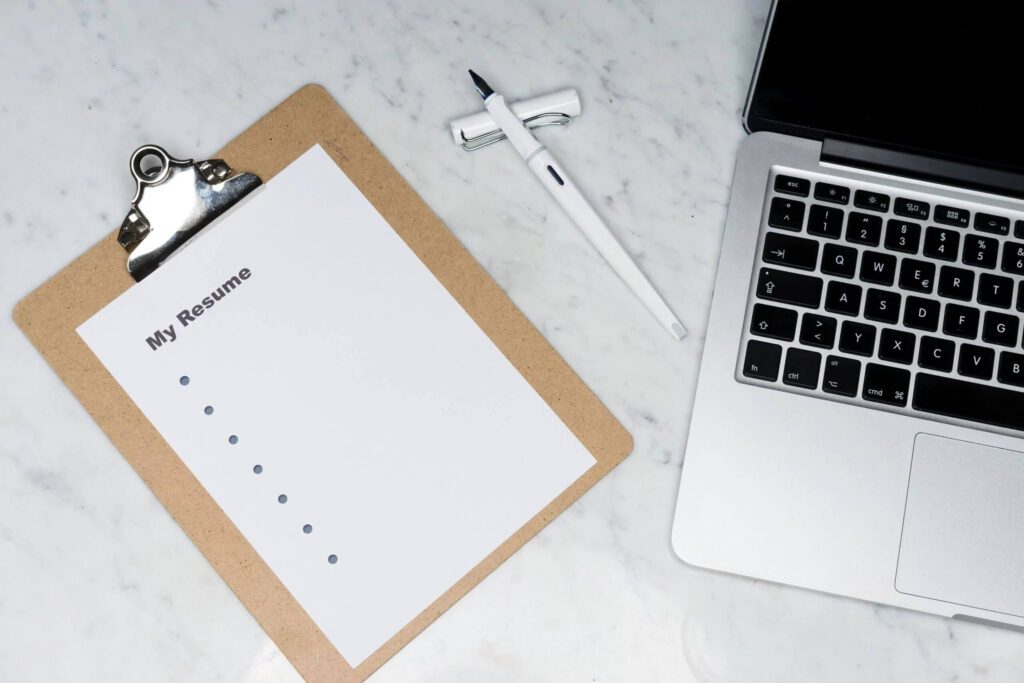
Contact Information
Our top resume writing tip may seem like a no-brainer, but ALWAYS include your contact information on your resume. An email address and phone number at minimum are a must on your resume. Feel free to include the address to your LinkedIn profile if you use LinkedIn regularly. You don’t need to include your full address on your resume, but it can be helpful to list your city so that hiring managers know you are in the area. By omitting contact information when building your resume, you are inadvertently making yourself inaccessible to employers and recruiters that you want to hear back from.
In the same vein, your phone number should be on your resume, so be sure that your voicemail is set up and that you can receive messages. While you may not leave voicemails yourself, hiring managers will. When employers receive the “mailbox not set up” or “mailbox is full” this signals to them that you don’t really care if you find work or not. Also, be sure to check any message that’s left before returning the call, they may have given you information or instructions in the voicemail, by not listening to it you’re making them repeat themselves, and indicating that perhaps you don’t follow instructions.
Formatting Tips
Another tip is to send a Word document or PDF version of your resume if possible. Employers will most likely not be able to open a resume if it’s sent as a Google Doc, and Google Docs makes it super easy to download your resume in multiple different file formats. Also, don’t send a jpeg or photo of your resume, you should have an electronic copy that you can email.
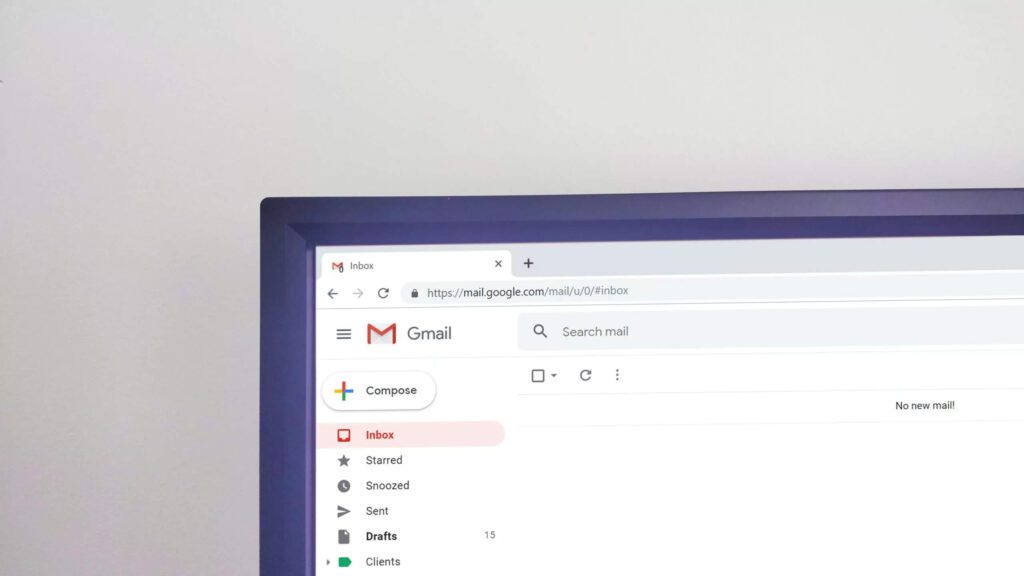
Additional tips are to keep your font consistent. Don’t use more than two fonts maximum, and keep their usage consistent throughout, ie. one font for headings and another for the body. More fonts than that can be distracting and perhaps unprofessional. Additionally, it is best to write out your resume, and not to send out an Indeed or LinkedIn style prefilled resume. These inevitably have formatting issues when they are transmitting or emailed outside of those platforms. Also, this tells your potential employer that you did not spend much time on your resume.
Our last resume formatting tip is not to worry if your resume is longer than one page. The “one-page resume” rule is antiquated, if you’ve held a number of jobs, a two page resume is perfectly fine. If your resume exceeds three pages, you likely have information on there that is not relevant to the role that you are applying for, and can actually end up hiding the skills and experiences you are trying to highlight.
Employment History and Education
When building your resume, organize the responsibilities within your job descriptions in order of importance and significance. If managing your company’s social media pages was your biggest responsibility, list that first. If you only spent about 5% of your time answering phones, list that last. You want to make sure that the employer can quickly understand the functions of your previous roles and the work you did there.Along with each job title, be sure to list your months of employment along with the years. Employers want to be able to easily comprehend your work history and spot any employment gaps on your resume. If you don’t list the months, they might think you are trying to hide something, or assume a gap in your resume where there wasn’t one.
Another tip is to remember to include the company name, and location of that company, along with your job title on your resume. You might have worked for a chain, such as CVS or Starbucks, or alternatively, you could have worked for a small company in your hometown. The location provides important contextual information about your job.
With that said, it’s also critical to list the location of where you received your degree(s). Whenever you list a degree on your resume, be sure to include the name and location of the institution where you received that degree.

